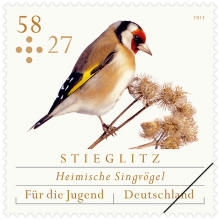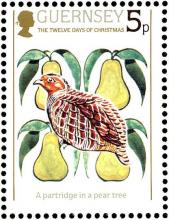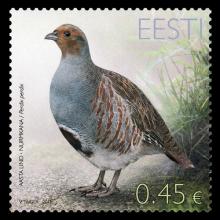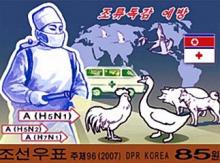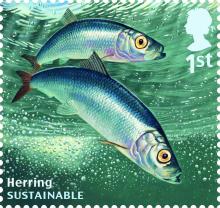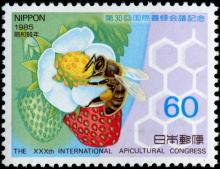Irreversible Binding Kinetics of Bacillus thuringiensis CryIA δ-Endotoxins to Gypsy Moth Brush Border Membrane Vesicles Is Directly Correlated to Toxicity
To examine the binding of Bacillus thuringiensis δ-endotoxins, CryIAa, CryIAb, and CryIAc, to Lymantria dispar (gypsy moth) brush border membrane vesicles (BBMV), saturation kinetic analyses were conducted according to a two-step interaction scheme for δ-endotoxin binding to BBMV, rather than the one-step reversible binding presented in prior reports. So far, all published binding studies known to us have used the Scatchard equation or the Hill equation, which analyzes binding parameters assuming a one-step reversible interaction (Reaction 1): BS + T ↔ BS*T.


